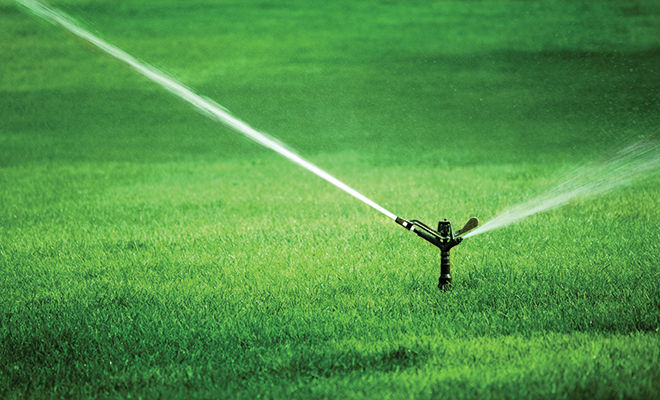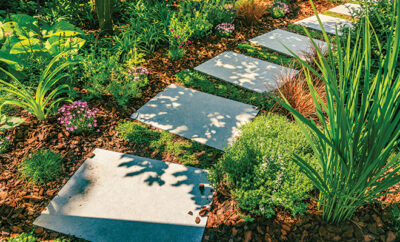
Well, What About It?
A well, that is. It sounds like a panacea and end goal in the quest for liberation from the municipal water supply for residential irrigation.
Properly siting, constructing and maintaining a water well for residential or agricultural use is a process that’s as important as building a structurally sound home. The well should be located so that rainwater flows away from it, preventing bacteria and chemicals from seeping into it. Construction depends on geologic and groundwater factors, dictating the depth of the well and components needed such as casing and screens. Maintaining the functioning parts requires more than a little understanding of what a qualified, certified well contractor has performed to install the well.
The Environmental Working Group estimates that one in seven American households uses a private well to supply their water. An excellent source of information about potential contaminants for wells, EWG states that there’s no nationwide standard for testing well water; some states and localities require testing, but otherwise it’s up to the homeowner. The EPA website directs homeowners to a certified lab in their state.
Sixteen years ago, we weren’t concerned about drinking water. After making a significant investment in landscaping and (unwisely) installing (too much) turf grass, the idea was to supplement the municipal water supply to the irrigation system with well water. There was a looming threat that the water authority would impose surcharges on water usage above a reasonable threshold. During periods of scant rainfall, we could attach a hose and oscillating sprinkler to water the thirstiest portions of the landscape. We could locate the well head behind a fence and site the pressure bladder within a cute little well house.
Here’s a confession. While researching this article and reconstructing the sequence of events that led to drilling the first well, it’s clear that we didn’t have a clue what we were doing. With the benefit of hindsight, we blundered our way into a well that works.
Through a word-of-mouth process, we located a well contractor. Well, a driller is more like it. The U.S. Geological Survey advises the use of a hydrologist, who employs scientific techniques, geologic maps and cross sections to select a location with sufficient groundwater to supply the well. Nope. The driller had a dowser, and we witnessed his technique. USGS says, “The natural explanation of ‘successful’ water dowsing is that in many areas underground water is so prevalent close to the land surface that it would be hard to drill a well and not find water. In a region of adequate rainfall and favorable geology, it is difficult not to drill and find water!”
We were lucky if not scientific. After 373 feet of drilling, we had a small gusher. The contractor dropped in a half-horsepower submersible pump, installed a pressure tank, ran some electrical connections and a hose line. We were in business! It came in handy during summers and droughts for a couple of years. Then a visitor suggested we install a bigger pump and connect it to the irrigation system.
The irrigation contractor said that was manageable. A new well contractor (the first guy being long gone) dropped in a two-horse pump that improved output and pressure. A minor problem ensued; the water contained a fine iron ore silt that clogged the heads. The irrigation company became our BFF with annual visits to keep them clean.
After a few years, that pump burned up; it was time for a permanent solution. We obtained a recommendation for Mr. Pike, who’s not on the National Ground Water Association’s certified list, but who’s a certified master plumber with expertise in above-ground reservoir system design. After three 12-hour days of hard work in the middle of July, his crew of master plumbers installed a new pump, pressure gauges, electrical connections, two 500-gallon interconnected reservoirs that allow silt to settle and a protection device that turns the pump off if the well is dry.
After a couple of months, water output fell and pressure was low. The culprit was clearly a leak in the irrigation station. Instead of digging up 26 stations to find it, the irrigation expert installed a master valve at the pressure tank, which controls intake from the reservoirs and output to the irrigation lines. At that point, water output dropped to zero.
Panicked, I sent a photo of the master valve installation to Mr. Pike. His response was, “Oh, heavens, he installed it on the wrong side. It’s blocking water flow to the pressure tank.” After he moved it to the outflow side, he scratched his head. “Why didn’t the pump burn up?” His helper said, “Hey, boss, what’s that pump protector for?”
The moral of my story: do your research and find certified, qualified installers. We finally did, and now our plants are happy. ■
Sources: epa.gov, ewg.org, wellowner.org and water.usgs.gov/edu.







